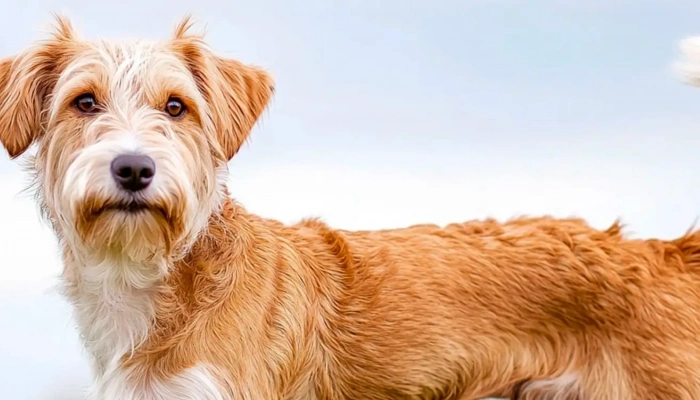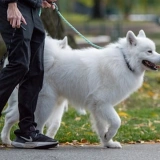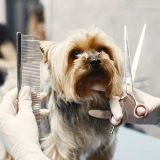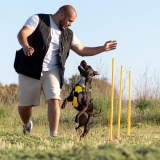The Kromfohrländer is intelligent, sensitive, and eager to please. It excels at obedience and trick training and often seeks eye contact with its owner, making communication smooth and natural. However, it can be wary of strangers and benefits from early, positive socialization.
Though lively, its energy level is manageable—it enjoys walks, games, and puzzle toys but doesn’t need intense exercise. This breed is rarely destructive if given attention and structure.
There are two coat types: wirehaired (more rugged) and smooth (softer, shorter). Both shed moderately and need regular brushing.







